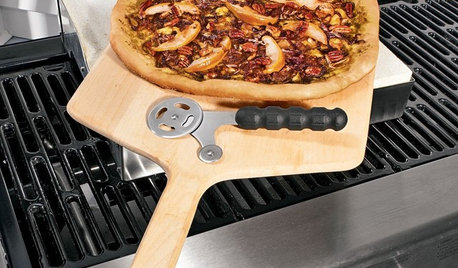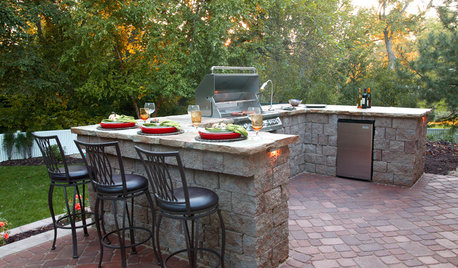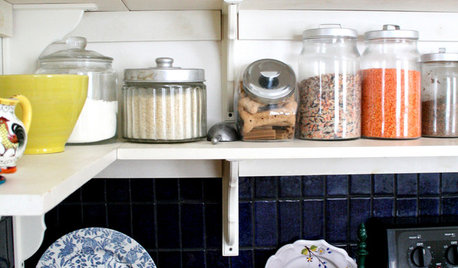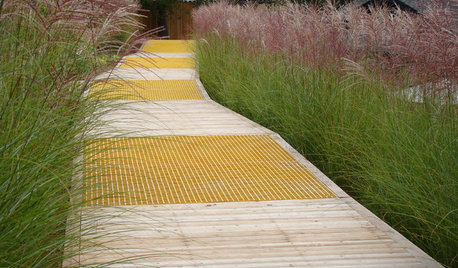corn meal
orangedragonfly
16 years ago
Related Stories

ORGANIZINGDo It for the Kids! A Few Routines Help a Home Run More Smoothly
Not a Naturally Organized person? These tips can help you tackle the onslaught of papers, meals, laundry — and even help you find your keys
Full Story
GARDENING AND LANDSCAPINGGuest Picks: Summer Dining Essentials
Enjoy Meals Outdoors this Season with Help from a Few Key Tabletop Pieces
Full Story
OUTDOOR KITCHENSYour Guide to Grills and More for Great Outdoor Cooking
Learn the pros and cons of gas versus charcoal grills, and about neat add-ons that let you do more
Full Story
GARDENING GUIDESTackle Weeds the Natural Way
Instead of dousing your yard with chemicals to wipe out weeds, let time and nature work their magic via smothering and solarization
Full Story
KITCHEN DESIGNDisplaying Kitchen Supplies — Hot or Not?
Do some kitchens just beg for a cozy row of canisters and gear for all to see? Have a look and let us know what you think
Full Story
KITCHEN WORKBOOKNew Ways to Plan Your Kitchen’s Work Zones
The classic work triangle of range, fridge and sink is the best layout for kitchens, right? Not necessarily
Full Story
EDIBLE GARDENSNatural Ways to Get Rid of Weeds in Your Garden
Use these techniques to help prevent the spread of weeds and to learn about your soil
Full Story
BATHROOM DESIGNStyle Up Your Bathroom Storage
Consider these ideas for attractively displaying your towels, toiletries and other bathroom essentials
Full Story
GARDENING AND LANDSCAPINGOld School Green Design: Add Texture With Grass
Ornamental grasses capture the breeze and ripple like water in the landscape
Full Story
MONTHLY HOME CHECKLISTSSeptember Checklist for a Smooth-Running Home
Get ready to get cozy at home with snuggly blankets, well-stocked firewood, added insulation and more
Full Story





morpheuspa (6B/7A, E. PA)
mark_in
Related Professionals
Essex Landscape Architects & Landscape Designers · Forest Acres Landscape Architects & Landscape Designers · Harvey Landscape Architects & Landscape Designers · Azalea Park Landscape Contractors · Secaucus Landscape Contractors · Siloam Springs Landscape Contractors · Tamarac Landscape Contractors · Wailuku Landscape Contractors · Grand Rapids Driveway Installation & Maintenance · Agoura Hills Fence Contractors · Annapolis Fence Contractors · Eagle Mountain Fence Contractors · Maywood Fence Contractors · Sandy Fence Contractors · Tempe Fence Contractorstexasredhead
mark_in
texasredhead
bpgreen
texasredhead